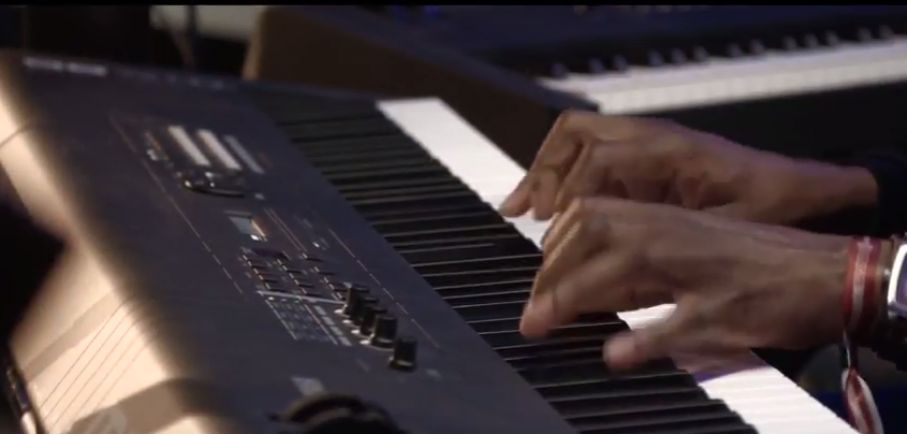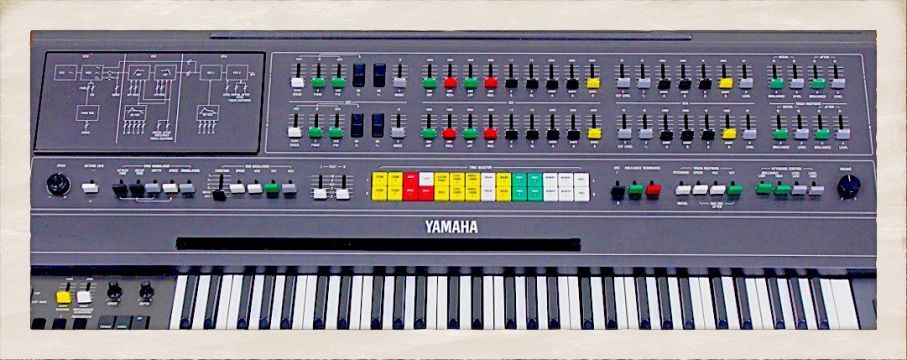MX88 Overview from Superbooth 17
Check out this MX88 video from Superbooth 17 with Xantoné Blacq and YamahaSynth’s own Blake Angelos. Xan and Blake play through a few sounds, show the computer DAW integration and iOS connectivity and perform Xantoné’s original song “You’re So Fly” from his album “To the Heavens and Beyond”:
Want to discuss this video? Join us on the Forum here.
And stay tuned for more from Superbooth 17!

